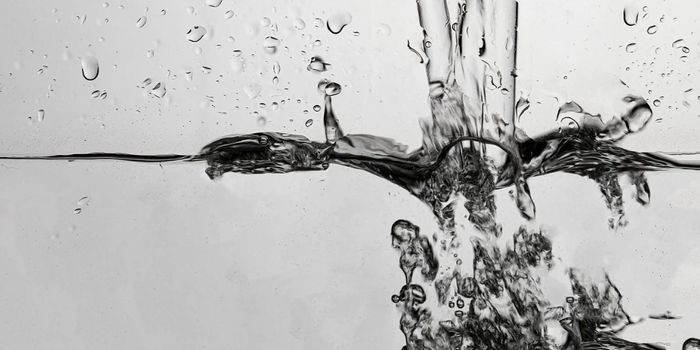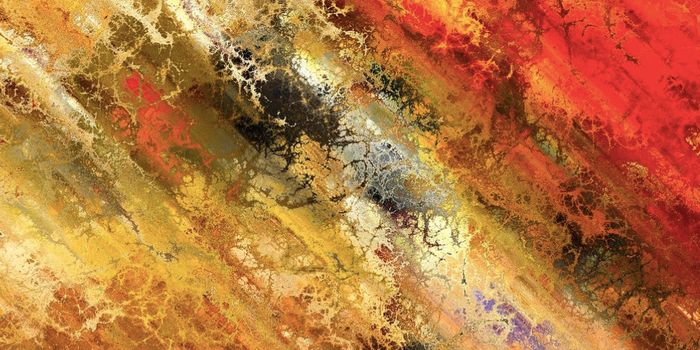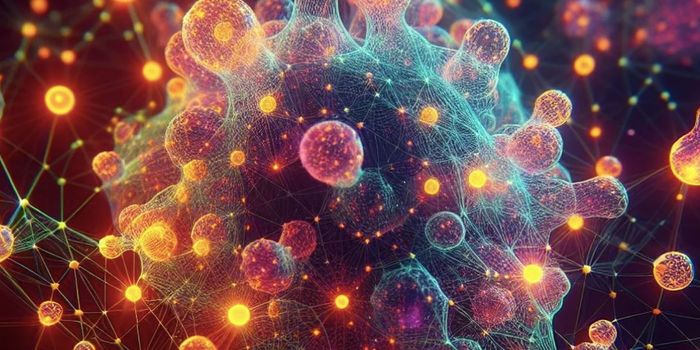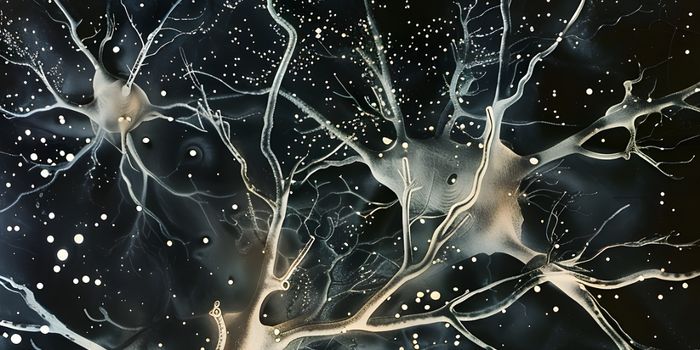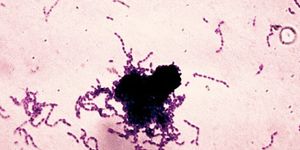Myth Meets Reality: The Truth About Bunny Domestication
There is a well-known story about the domestication of the rabbit, but new research shows that it may simply be a myth. Reporting in Trends in Ecology & Evolution, scientists have used archaeological records and genetic tools to find out more about how it went down, but their methods have turned up several potential timeframes during which domestication may have occurred. Rather than being uninterpretable data, the investigators have instead suggested that domestication did not happen suddenly, but was a continuum.
The legend goes that monks domesticated rabbits in 600 A.D., after Pope Gregory declared in an edict that fetal rabbits were acceptable as dinner during Lent. But archaeologists from the University of Oxford, Evan Irving-Pease and Greger Larson, found that tale was false. Their discovery was an accidental finding made as they were testing the integrity of a method for genetically dating domestication, using a molecular clock (which is explained in the video below).
In that technique, wild genomes are compared to domestic ones to learn how long it took for them to differentiate. They thought they would match up with the 600 A.D. date through the molecular clock method. Instead, the tool indicated that it happened during the last ice age before any animals were even domesticated.
That indicated to the researchers that wild rabbits used for their analysis don’t share a recent common ancestor with domestic bunnies. Skeletal samples used by archaeologists suggested that the domestication event happened sometime in the 17th or 18th century. Then, a critical study of the historical records debunked the Pope Gregory story.
"I had cited it, colleagues of mine had cited it, it's all over Wikipedia, it's all over the web... but it turns out that the modern story is a complete house of cards," Larson noted. "What was really interesting to me then was why nobody's really thought about it or been critical about it."
He suggested that it is a part of human nature to create storylines. "We really have trouble appreciating slow, continuous change over long periods of time," Larson says, even though that's how most change happens. "Our narrative structures work much better if you have a eureka moment."
Human culture has likely had a major impact on rabbits in many ways, the researchers hypothesized. Hunting, the movement of people who took rabbits along with them, and breeding activities all probably had an influence.
"For the vast majority of human existence, no one said, 'I am going to grab this wild organism and bring it into captivity and, voila, I will create a domestic one,'" Larson suggested. "If you want to divide the continuum into a dichotomy of wild and domestic, you can do that, but you have to know that it's necessarily going to be arbitrary."
Larson said that it may be time to reconsider what it means to domesticate an animal and whether humans have carried it out purposefully. The team wants to continue their research on plants and animals we rely on. "We have been slightly arrogant," noted Irving-Pease. "We know a hell of a lot less about the origins of the things that matter most to us than we think we do."
Sources: AAAS/Eurekalert! Via Cell Press, Trends in Ecology & Evolution


